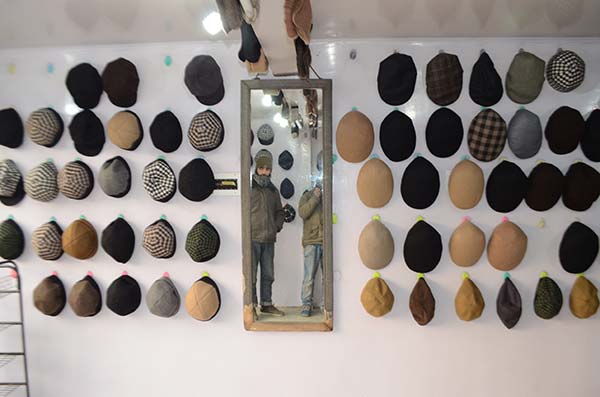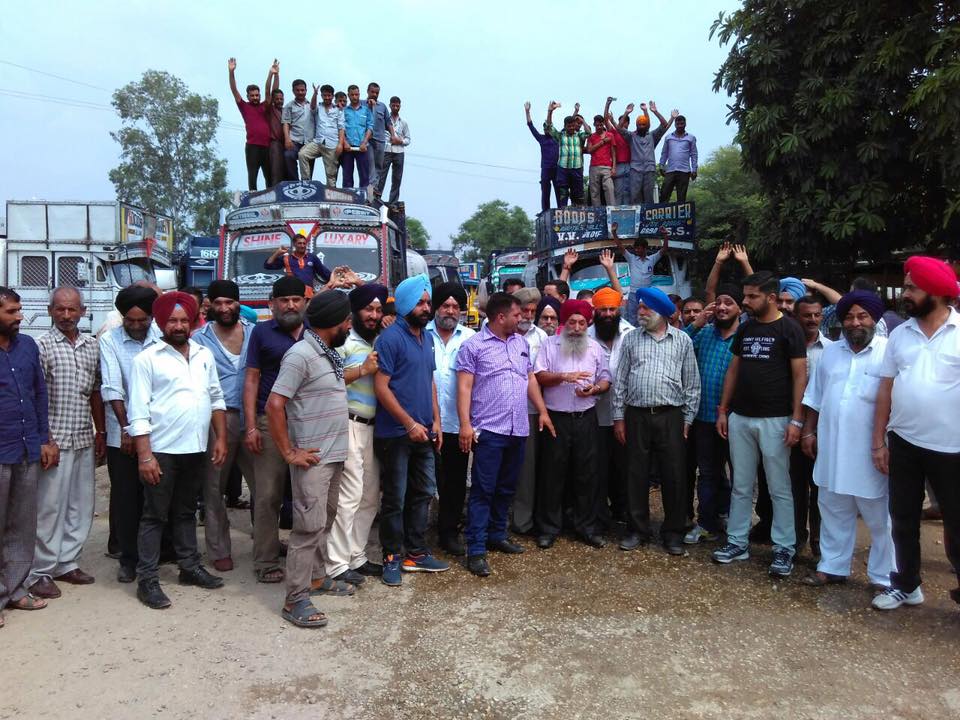SRINAGAR: In Kashmir, artistic expression draws inspiration from nature’s palette. Kanihama village stands as a testament to this, showcasing papier-mâché designs and handwoven Kani Shawls, each reflecting the picturesque beauty of Kashmir in a spectrum of colors.
Kanihama, renowned for its craftsmanship, serves as a hub for numerous Kani Shawl weavers. These artisans, who have dedicated centuries to the art of Kani Shawl making, have earned national recognition, with some receiving accolades from the President of India.
In 2017, Shabir Ahmed’s commitment to the craft earned him a national award for promoting weaving, providing him with opportunities to exhibit his work beyond the Valley. Setting up a room with eight looms, Shabir created employment for eight to ten individuals. Despite his success, he observes a declining interest among the younger generation in the intricate art of Kani shawl weaving. Shabir highlights the demanding nature of the craft, noting, “It requires a lot of patience, and you need to sit all day on the loom to make these shawls.”
Shabir points out that machine-made shawls lack the softness of handwoven pieces and feel rough on one side, yet they are priced between Rs 5,000 to Rs 20,000. Authentic Kani shawls, in demand both in India and abroad, face a challenge as some sellers mislead customers by marketing machine-made shawls as handwoven, compromising the authenticity of this revered craft.
Tariq Gani, a 40-year-old Kani shawl maker, reflects on the changing dynamics, stating, ”Kashmiris used to be filled with artisans and weavers, but now the young generation feels embarrassed to come forward in this job because they don’t want to be seen as laborers.” This shift underscores a change in perception, as the once prestigious craftsmanship is now met with reluctance from the younger generation due to the perceived stigma associated with manual labor.
Tariq recalls the deep connection weavers share with their craft, emphasizing that their earnings solely come from wages provided by loom owners. A weaver receives Rs 30,000 for crafting one shawl, while the loom owner profits by selling it for double the amount.
While the tradition of weaving Kani shawls has been passed down for generations in Kanihama, the community now faces apprehension about its future. Tariq expresses concern that without a shift in the current situation, the practice may lose its allure. As he asserts, “It’s only the weaver who keeps the craft alive,” underscoring the pivotal role of these artisans in preserving the rich heritage of Kani shawl making.















